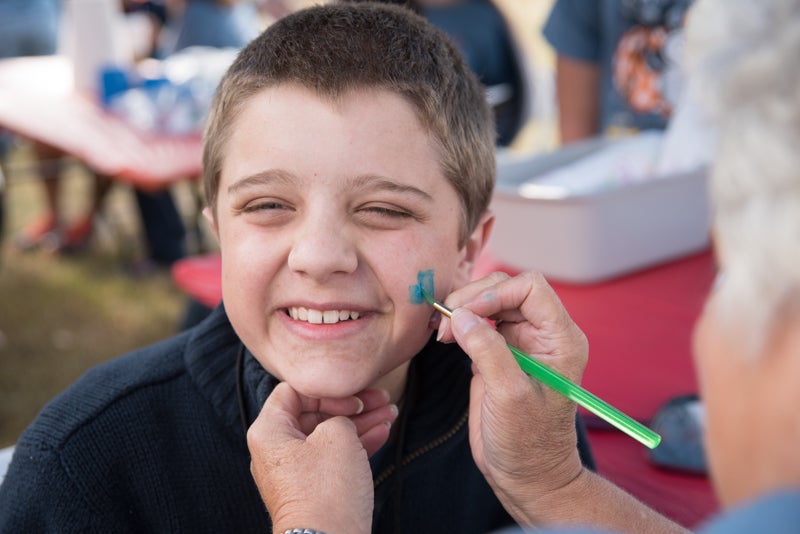Wildlife Center working to return injured hawk to flight in Gadsden
Published 12:00 am Tuesday, September 26, 2006
SPECIAL TO THE REPORTER
A Red-shouldered Hawk that took an unhappy detour into a sludge pit may soon return to the skies above Gadsden.
The Alabama Wildlife Center, located inside Oak Mountain State Park in Pelham, is currently rehabilitating the hawk, which was discovered on the grounds of the Tyson Foods plant in Gadsden on Aug. 21. The bird was thin, dirty and unable to fly. Gadsden Animal Control officials brought the hawk to the Rainbow City Pet Clinic, which in turn contacted the Alabama Wildlife Center, a non-profit organization that has treated more than 300 injured and orphaned raptors from throughout the state so far in 2006.
Stephanie Howard of Ashville, a volunteer with the Center&8217;s statewide Raptor Network, brought the injured animal to the Center. A veterinarian&8217;s examination soon determined that the red-shouldered hawk was coated in sludge, which crusted its feathers together and prevented it from flying. Staffers at the Center speculated that it might have accidentally fallen into a sludge pit while hunting.
To correct the problem, the hawk had to be given a bath. But before bath time, the exhausted bird required several weeks of supportive care to regain its strength. Once cleaning day arrived on Sept. 14, special precautions had to be taken to insure its comfort and safety. The hawk was fitted with a falconer&8217;s hood to keep it calm and its talons were bandaged to prevent injury.
&8220;We had to bathe it in three tubs of a 5-percent solution of Dawn at exactly 104 degrees,&8221; said Alabama Wildlife Center rehabilitation director Anne Miller, who compared the thickness of the solution to &8220;cane syrup.&8221; &8220;Then we had to rinse it off for 20 minutes to insure that the wings were waterproof.&8221;
Miller and raptor intern Jessie Leonard cleaned the bird up at the specialized facilities of the Riverview Animal Clinic in Birmingham, along with assistance from Center volunteer Holly Whitmire.
The Red-shouldered Hawk is now in the final phase of recovery in the Raptor Wing facility at the Alabama Wildlife Center, where it is gaining aerobic strength and flying in a specially designed rehabilitation cage. If it continues to show improvement, preliminary plans call for it to be released in late September near the Tyson plant.
Red-shouldered Hawks usually occupy habitat such as hardwood bottomlands along creeks, lakes and larger waterways. Their diet includes a variety of aquatic species, including invertebrates, reptiles and amphibians, as well as small mammals and a few birds. Red-shouldered Hawks have a piercing call that is distinctive and highly audible. They are found year-round throughout Alabama.
The Alabama Wildlife Center is a non-profit organization that provides medical care and rehabilitation for injured and orphaned native Alabama wildlife in order to return them to the wild. It also educates Alabamians to become more aware and appreciative of the native wildlife that surrounds them every day. The Center relies heavily on the efforts of its nearly 300 volunteers and tax-deductible contributions from donors and approximately 1,000 members. It receives no direct public funding.
In addition to receiving more than 2,500 cases every year, the Center also operates an Emergency Wildlife Hotline (205-621-3333) that receives over 13,000 calls each year and provides information on wildlife care and emergencies on its Web site (www.awrc.org)






